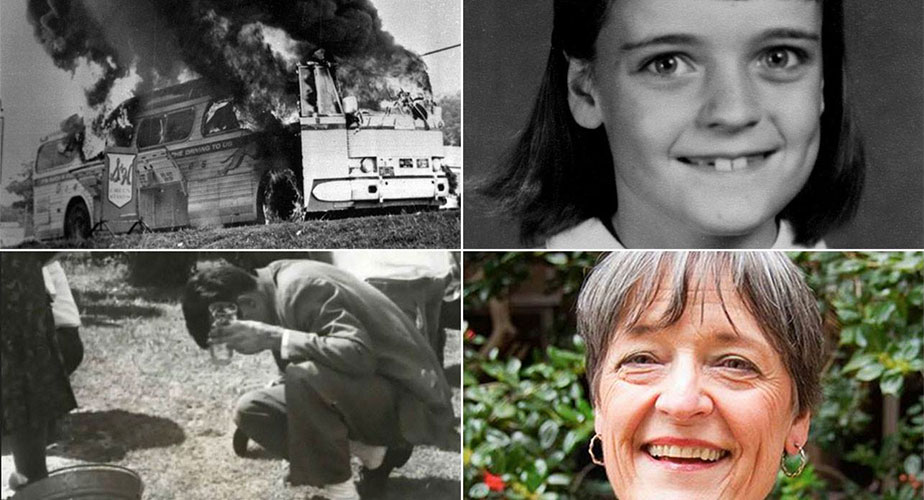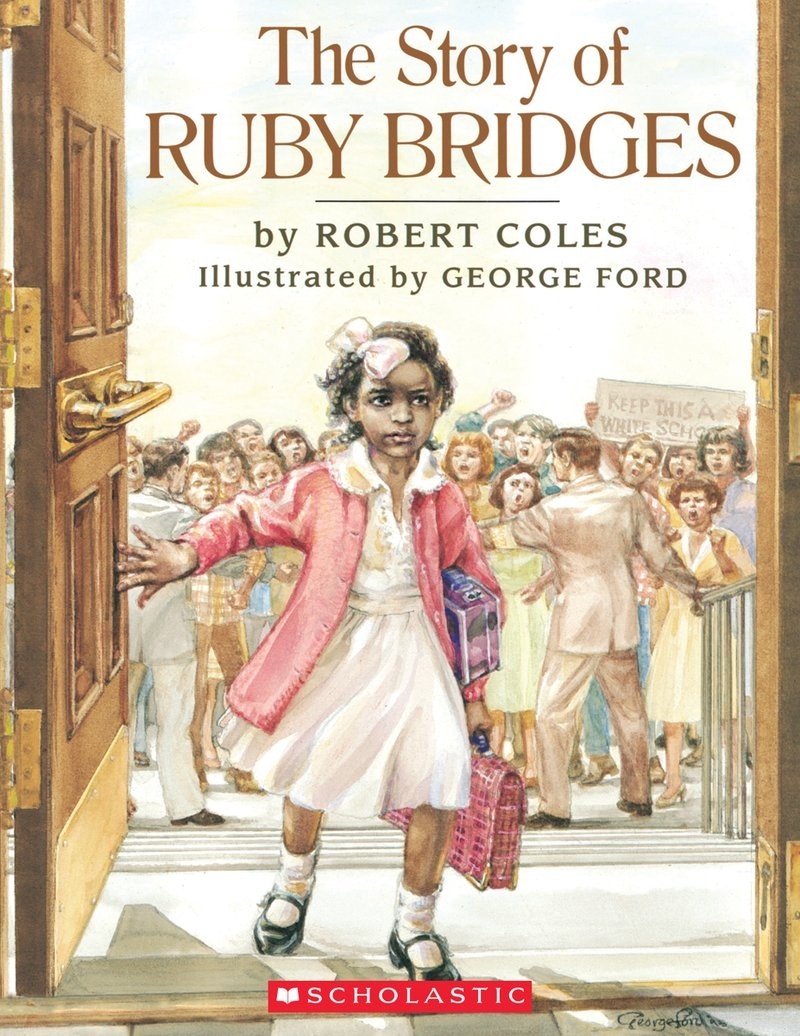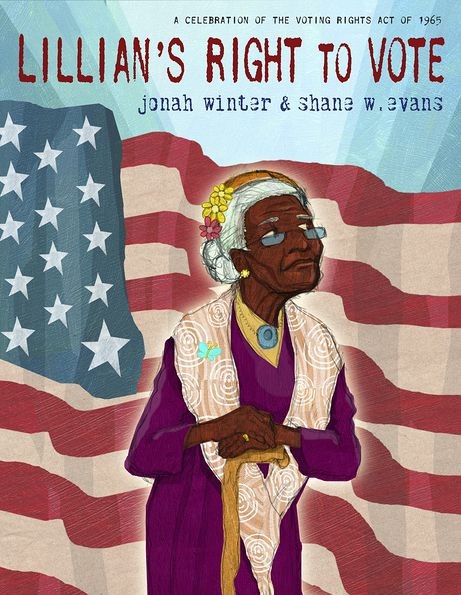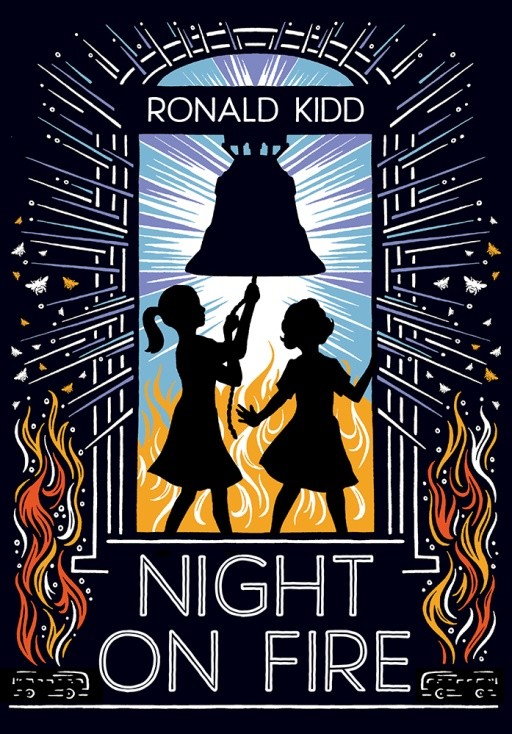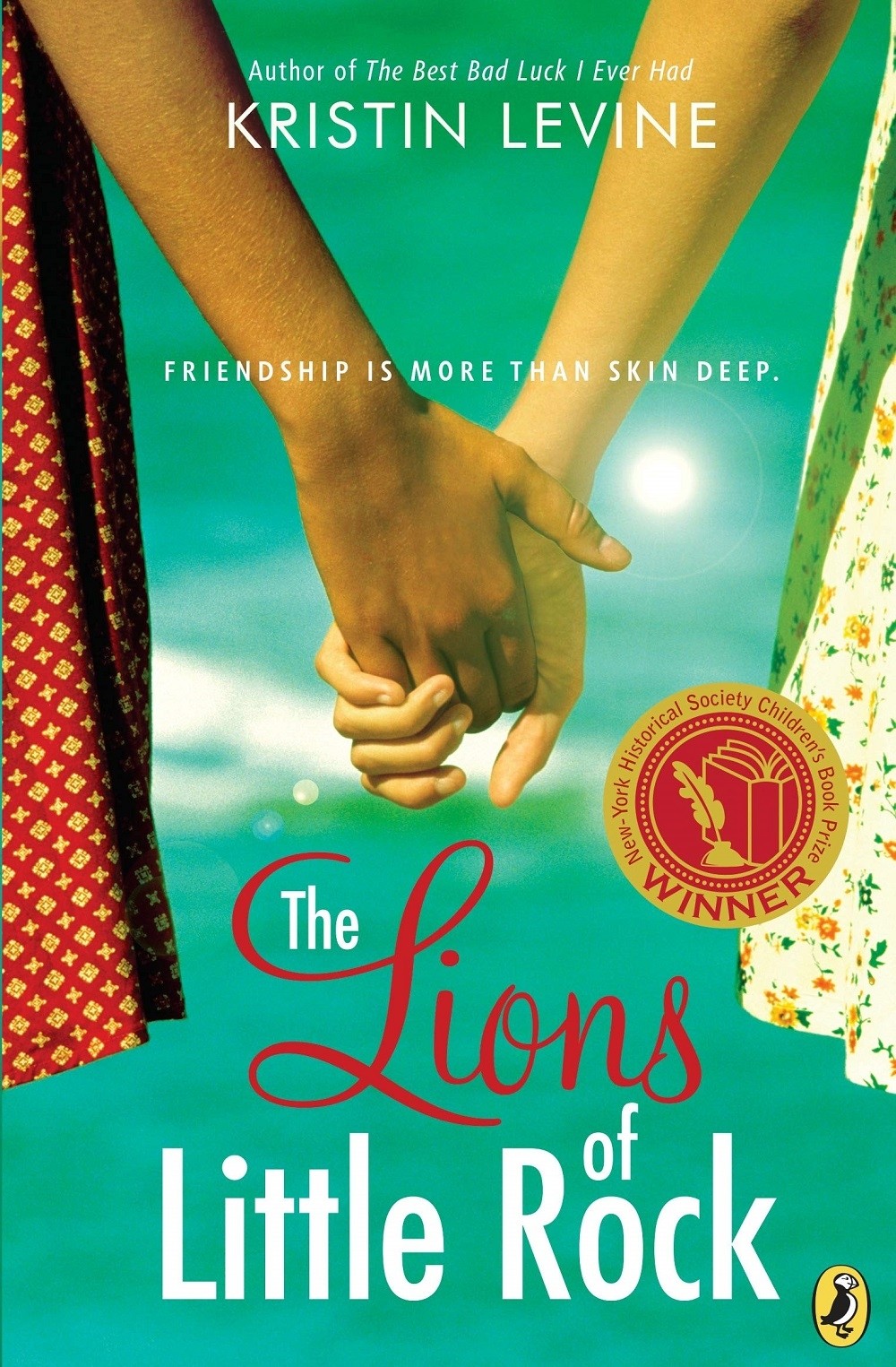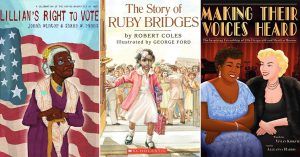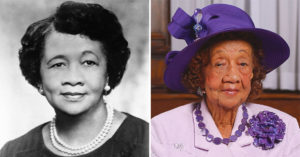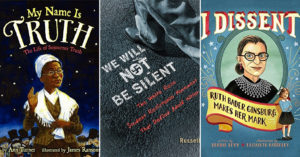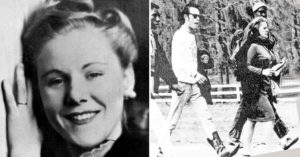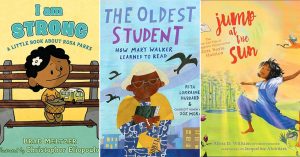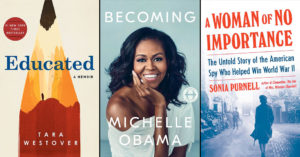Janie Forsyth McKinney stood up to a violent mob to bring aid to the bloodied and beaten Freedom Riders attacked by the Ku Klux Klan.
12-year-old Janie Forsyth McKinney performed a heroic act of compassion in response to the firebombing of the Freedom Riders bus in Anniston, Alabama on May 14, 1961. It was Mother's Day when the bus carrying civil right activists was viciously attacked in this small Southern town. Horrified by the scene before her, the brave girl pushed through the violent crowd to bring water to the bloodied riders laying on the ground. McKinney knew that her actions would anger the local Ku Klux Klan, but she explained that she was driven to act by one of her favorite passages of scripture: "Whatever you do to the least of my brothers, you do it to me."
In 1961, civil rights activists began conducting "Freedom Rides" throughout the southern United States, during which groups of Blacks and Whites would ride interstate buses together to challenge local laws and customs that allowed segregation to persist. The U.S. Supreme Court had ruled that segregation on interstate transportation was a violation of the Constitution, but in many Southern states, it was still common practice. The Freedom Riders, who were predominantly college students, wanted to see the Supreme Court decision enforced and compel the federal government to act if states refused to abide by the law. It was a dangerous protest, and riders were met with hostility and violence in many locations. Anniston, however, would become the site of one of the most infamous attacks on the Freedom Riders.
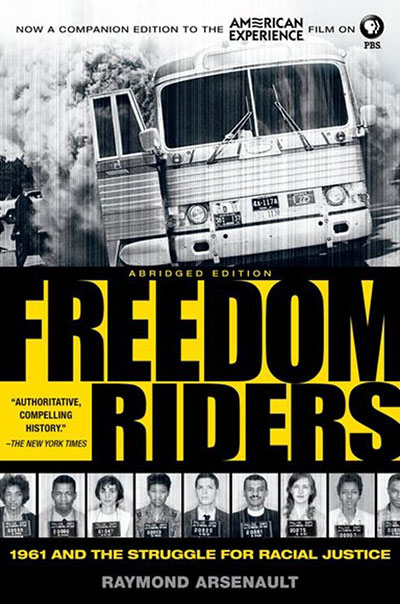 When a group of Freedom Riders traveling by bus from Washington, D.C. to New Orleans reached Anniston, they were met by a violent mob led by the local KKK. Attacking the bus with baseball bats and iron pipes, and slashing its tires, the mob forced the bus to stop right outside of McKinney's home. The mob then firebombed the bus, and as it burned, held the doors shut, trapping the riders inside. McKinney witnessed smoke billowing out the burning bus and, after an exploding fuel tank forced the crowd back, watched as the riders pour out and were beaten by the mob. In an interview with the UCLA Today, she recalled that "they were so sick by then they were crawling and puking and rasping for water. They could hardly talk.”
When a group of Freedom Riders traveling by bus from Washington, D.C. to New Orleans reached Anniston, they were met by a violent mob led by the local KKK. Attacking the bus with baseball bats and iron pipes, and slashing its tires, the mob forced the bus to stop right outside of McKinney's home. The mob then firebombed the bus, and as it burned, held the doors shut, trapping the riders inside. McKinney witnessed smoke billowing out the burning bus and, after an exploding fuel tank forced the crowd back, watched as the riders pour out and were beaten by the mob. In an interview with the UCLA Today, she recalled that "they were so sick by then they were crawling and puking and rasping for water. They could hardly talk.”
The shocked 7th grader ran into her house for a bucket of water and cups, and pushed through the violent crowd to reach the riders on the ground. McKinney first went up to an elderly Black woman who reminded her of her nanny, Pearl. "I started with her," she explained. "I took her a glass of water. I washed her face. I held her. I gave her water her to drink and as soon as I thought that she was going to be okay, I got up and picked out somebody else."
For 15 or 20 minutes, she said, the police let the violence continue until they finally dispersed the crowd by firing warning shots into the air. After ambulances took the riders to a local hospital, officials announced it was closed and left them in the waiting room. "It took a Black minister from Birmingham to form a convoy to come and pick them up and take them back to Birmingham,” McKinney recalled. While this group of Freedom Riders never reached New Orleans, 450 people ultimately participated in Freedom Rides which continued across the South until the fall of 1961, when the Interstate Commerce Commission finally issued regulations prohibiting segregation in interstate transit terminals.
Although the violence was over, the repercussions for McKinney for her courageous act had just begun. She learned later that the local KKK discussed whether to try her as an adult for undermining them. Ultimately, the Klan decided that she was a "mentally deficient" child and took no action. But, life was never the same for her after that day. McKinney recalled how it "was such a black mark on my family that nobody — not even my father — would talk about it. I was the black sheep. I got ostracized in school by some hard-core Klan kids. They would call me names."
For years, McKinney believed that her father, in particular, had never forgiven her for her actions that day. After her father passed away and Pearl was on her death bed, McKinney asked her if this was the case and finally learned the truth. Pearl told her, "No, child. That’s not right. He told me he had never been prouder of you than he was on that day.” So too McKinney remains proud of her decision to act on that fateful Mother's Day years ago: "All I know is that if I had made any other choice, I would have had to live with that. I’m proud of the choice I made. I think it was a moral choice, a humane choice, a spiritual choice. I wouldn’t undo it for anything.”
This short focused on Janie Forsyth McKinney's story is from the PBS documentary American Experience: Freedom Riders.
Books And Films About The Women of the Civil Rights Movement
I Am Rosa Parks
I Am Rosa Parks
When kids hear about Rosa Parks' defiant refusal to move seats, they may think that it takes special courage to take that big a step — but the reality is that ordinary people can do incredible things! This title from Brad Meltzer's Ordinary People Change The World series shows how Parks' willingness to stand up for justice began with small moments from childhood, but became a driving force in her life that made her a major figure for the Civil Rights movement. It also shows just how much resistance she had to face along the way. It's an excellent choice to introduce younger kids to this Civil Rights hero.
The Story Of Ruby Bridges
The Story Of Ruby Bridges
To kids today, the idea of a child having to be escorted to school by armed guards to protect her from an angry mob is shocking, but 6-year-old Ruby Bridges faced exactly that in 1960. After a judge ordered that Ruby should attend the previously all-White William Frantz Elementary School, parents withdrew their children and held angry protests in front of the school. This compelling depiction of the child who became a civil rights hero just by attending first grade is now available in a special anniversary edition, which includes an updates afterword about Ruby's ongoing life and legacy. Independent readers can learn more about Ruby Bridges in Ruby Bridges Goes to School for ages 5 to 8 and Through My Eyes for ages 8 to 12.
Lillian's Right To Vote: A Celebration of the Voting Rights Act of 1965
Lillian's Right To Vote: A Celebration of the Voting Rights Act of 1965
Today is election day, and nothing — not even the steep hill she has to climb to get to the polling station — will keep 100-year-old Lillian from placing her ballot. As she walks, she remembers the path through history that resulting in her path to the polls: her great-grandfather, voting for the first time after the passage of the Fifteenth Amendment; her parents, trying and failing to register to vote; and her own participation, many years ago, in a protest march from Selma to Montgomery. This vivid story of one woman's determination provides an apt metaphor for the determination of those who fought for equal rights for all.
She Stood For Freedom
The Untold Story of a Civil Rights Hero, Joan Trumpauer Mulholland
She Stood For Freedom
The Untold Story of a Civil Rights Hero, Joan Trumpauer Mulholland
By the time she was 19, Joan Trumpauer Mulholland had been arrested more than once for her work to support the Civil Rights Movement. She joined the Freedom Riders — and was sent to the notorious Parchman Penitentiary. She was the first white person to join the Woolworth's lunch counter sit-ins in Jackson, Mississippi. And she joined Martin Luther King, Jr.'s March on Washington and Selma voting rights marches. This picture book biography sheds light on a little known leader of the Civil Rights Movement whose story is now being told. Older readers can learn her story in the middle grade edition for ages 8 to 12, and in the documentary film An Ordinary Hero for ages 13 and up.
Ruby Lee and Me
Ruby Lee and Me
There's plenty of talk about the new sixth-grade teacher at Shady Creek. Mrs. Smyre is the first African American teacher in the town; it's 1969, and while black folks and white folks are cordial, having a black teacher at an all-white school is a strange new happening. For 12-year-old Sarah Beth, there are so many unanswered questions. What is all this talk about Freedom Riders and school integration? Why can't she and Ruby become best friends? And who says school isn't for anybody who wants to learn — or teach? In a world filled with uncertainty, one very special teacher shows her young students and the adults in their lives that change invites unexpected possibilities.
Night on Fire
Night on Fire
Billie Simms may only be 13, but she is already determined to see an end to segregation in her hometown of Anniston, Alabama — even if few people agree with her. When she hears that the Freedom Riders will pass through Anniston, Billie hopes that the town will see the justice in their cause; instead, they show the depths of their racism and prejudice. With the buses about to move on, Billie has to decide what to do: stay safe at home, or join the cause she believes in so passionately. In addition to the presentation of historical events, this novel explores Billie's developing awareness of her own internalized racism, which provides an intriguing starting point for discussion about racial issues of today.
Revolution
Revolution
In Greenwood, Mississippi in 1964, the adults all say they're "being invaded" — by people from up north coming to help voter registrations in something called the Freedom Summer. At first, Sunny doesn't even worry about that; she's caught up in her own invasion, a new stepmother and siblings pushing their way into her life. But a moment at a public pool opens her eyes to the racism that pervades her hometown, and soon Sunny is trying to figure out how she too can fight for what's right and fair. Real source materials — including an actual KKK pamphlet from the time period — drive home the viciousness that civil rights campaigners faced during the time period. Deborah Wiles, award-winning author of Countdown, tells a riveting story of kids who, in a world where everyone is choosing sides, must figure out how to stand up for themselves and fight for what's right.
The Lions of Little Rock
The Lions of Little Rock
It's 1958, and twelve-year-old Marlee is struggling: the Governor of Arkansas has shut all high schools to avoid the federal order to integrate schools, so her sister has been sent away so she doesn't miss a year. Always shy, Marlee responds to the chaos by retreating even more... until she meets Liz, the new girl at her middle school. Fearless and determined, Liz knows just what to say to encourage Marlee to find her voice. Then, one day, Liz is gone; rumor has it that she was actually black, and pretending to be white. Liz's friendship helps Marlee understand the damage that segregation does — and the value of fighting it. As racial tensions rise, danger looms for both the girls and their families as they stand up for integration, but their friendship helps them stand strong. Heartfelt and satisfying, this story of friendship and the fight for justice will make young readers cheer.
Warriors Don't Cry
A Searing Memoir of the Battle to Integrate Little Rock's Central High
Warriors Don't Cry
A Searing Memoir of the Battle to Integrate Little Rock's Central High
Melba Patillo turned sixteen in 1957, the same year that she became an unwitting warrior for desegregation. As one of the Little Rock Nine, she faced a firestorm of opposition as she entered the previously all-white Central High. In a harrowing ordeal, Melba faced everything from taunts to threats to an attack with acid that injured her eyes, but she never gave up her courage or her dignity. "Searing" is exactly the right description for this affecting story of friendship, faith, and personal commitment, and young adult readers will be shocked to learn just how hard African American teens had to fight for their right to receive an equal education.

In 1951, 450 Freedom Riders pushed the limits of dissent and demanded justice in the Deep South. The US Supreme Court had already ruled that segregation was illegal on interstate travel, but that didn't stop states from enforcing their Jim Crow laws. The Freedom Riders, mostly college students, decided to put their lives on the line to defy these laws and demand that the nation enforce racial justice. In this in-depth account, author Raymond Arsenault captures the strategy, determination, courage, and hope that this movement required on its path to victory.

This inspirational documentary introduces viewers to the courageous Freedom Riders and the incredible dangers they faced on their quest for racial justice. Drawing on interviews with influential figures — both Civil Rights activists and those who opposed them — director Stanley Nelson creates a compelling picture of the roller coaster months of the Freedom Riders' campaign. Along the way, Nelson emphasizes the youth of those who risked their lives in the protest, showing that young people can and do make a difference to their nation.
An Ordinary Hero: The True Story of Joan Trumpauer Mulholland
An Ordinary Hero: The True Story of Joan Trumpauer Mulholland
By the time she was 19, Joan Trumpauer had participated in dozens of protests and sit-ins, but the real trial was just beginning. A a member of the Freedom Riders, civil rights activists who rode buses in mixed-race groups to protest segregation, she was arrested and sent to the infamous Parchman Penitentiary in Mississippi. She spent months there, undergoing vicious and humiliating treatment, but emerged determined to continue her support of civil rights causes. This award-winning documentary tells her story, and reminds everyone who watches it that anyone can be a hero.









